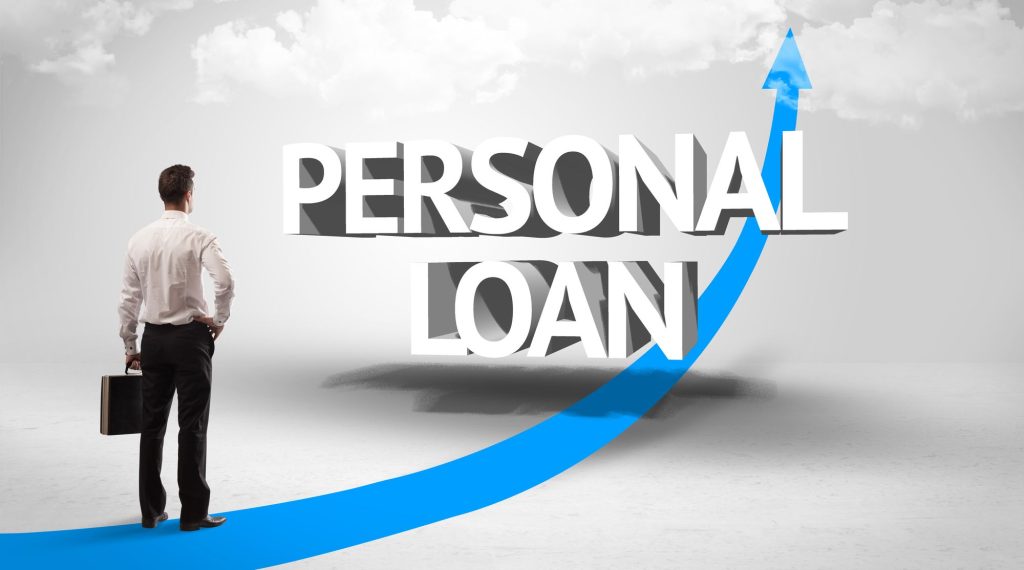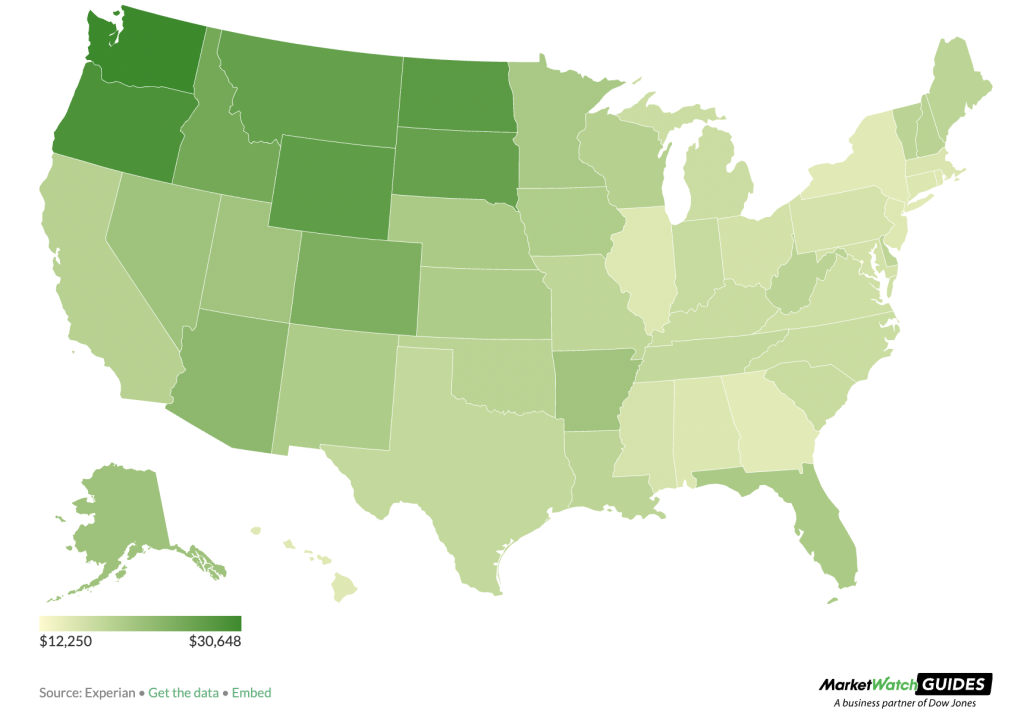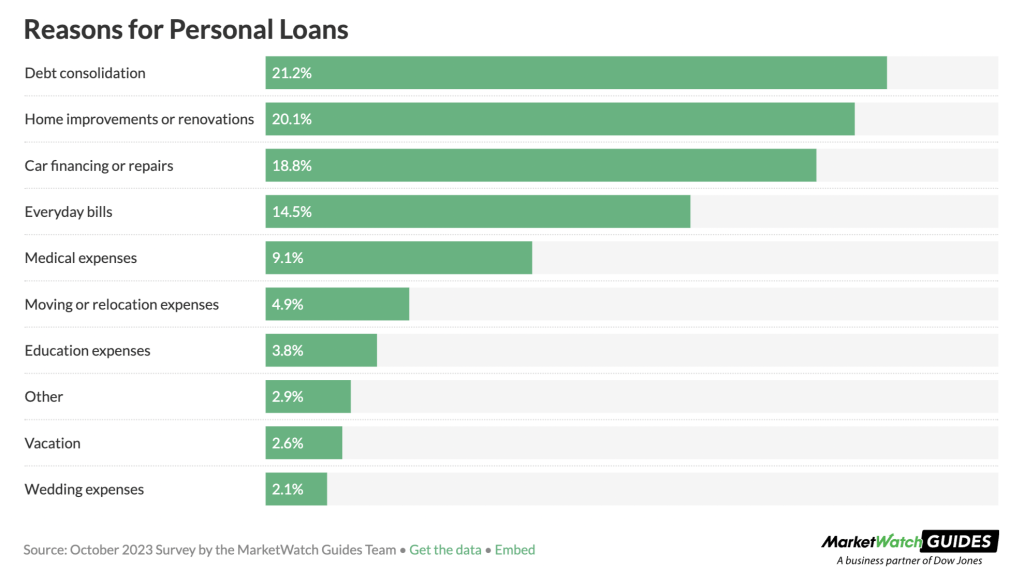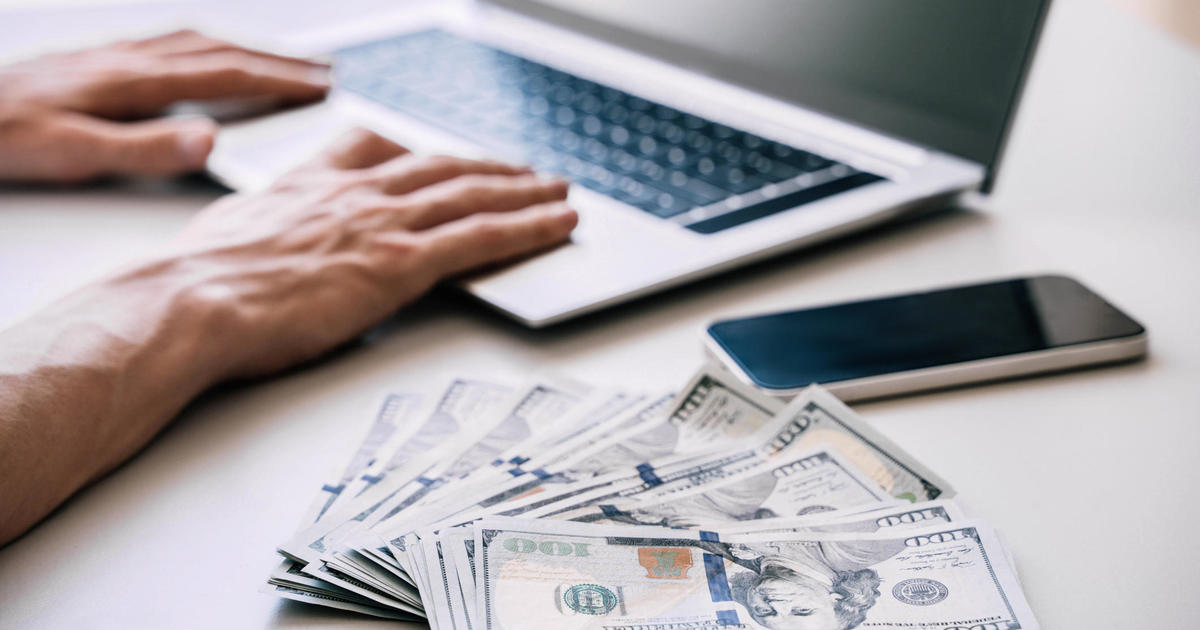- Approximately 23 million Americans currently hold unsecured personal loans, with an average balance of roughly $11,500.
- Presently, the average interest rate for personal loans stands at 11.48%, marking an increase from 9.38% in 2021.
- Baby boomers carry the highest average personal loan balance at $21,644, while Generation Z holds the lowest at $7,684.
- Four states—Connecticut, Massachusetts, Hawaii, and New Jersey—have an average new account balance for personal loans exceeding $12,000.
- The delinquency rate for personal loans overdue by 60 days or more sits at 3.62%.

What Are the Typical Amounts for Personal Loans?
In general, personal loans range from $1,000 to $50,000, although certain lenders may extend loans up to $200,000. Data from TransUnion indicates that the average personal loan amount was approximately $11,500 as of Q2 2023. Below, we delve into how average personal loan balances differ by generation and state.

As a rule, older individuals tend to carry more personal loan debt. According to the latest figures from Experian, average personal loan debt is highest among baby boomers ($21,644) and lowest among Gen Z ($7,684). The lower average personal loan debt among Gen Z individuals may stem from lender policies. Lenders might be more cautious about extending significant loan amounts to individuals with less established credit histories.
Personal Loan Balances Across States
TransUnion data indicates that while the average personal loan balance is approximately $11,500 overall, the balance for new accounts is lower, averaging around $7,800. We examined how average balances for new personal loan accounts vary by state.

Residents of northeastern states tend to secure larger personal loans, as evidenced by TransUnion’s data. In June, the average new account balance exceeded $12,000 in Connecticut, Massachusetts, and New Jersey. Conversely, average new account balances are lowest in southern states, including Oklahoma ($3,375), Alabama ($4,589), and Texas ($4,756). A comprehensive map illustrating data across all 50 states is provided for those interested in comparing their state’s standing.
What Is the Popularity of Personal Loans?
Personal loan debt experienced a decline at the onset of the COVID-19 pandemic, dropping from $159 billion in the first quarter of 2020 to $144 billion a year later. Since then, it has shown consistent and substantial growth. By the end of June, outstanding personal loan balances in the U.S. totaled $232 billion — nearly 46% higher than the figure recorded in March 2020 and approximately 59% higher than that of June 2021, according to TransUnion data. Although the total number of personal loans and the number of Americans with consumer loans have increased, the growth rate has been slower compared to the total outstanding balances.
As of Q2, TransUnion estimates that there were over 27 million unsecured personal loans taken out by approximately 22.7 million Americans. This represents an increase of almost 15% in unsecured personal loans and over 8% in the number of Americans with personal loans compared to March 2020 figures.
TransUnion reports an increase in delinquency rates as well. Specifically, the delinquency rate for personal loans overdue by 60 days or more was 3.62% as of Q2 2023. This figure reflects an increase of about one percentage point compared to two years prior when it was 2.28%.
Common Uses of Personal Loans
Personal loans are typically versatile, allowing borrowers to utilize them for any legal purpose, although certain uses are more prevalent than others. Two of the most common purposes for personal loans are debt consolidation and home improvements.

Source of data: MarketWatch






